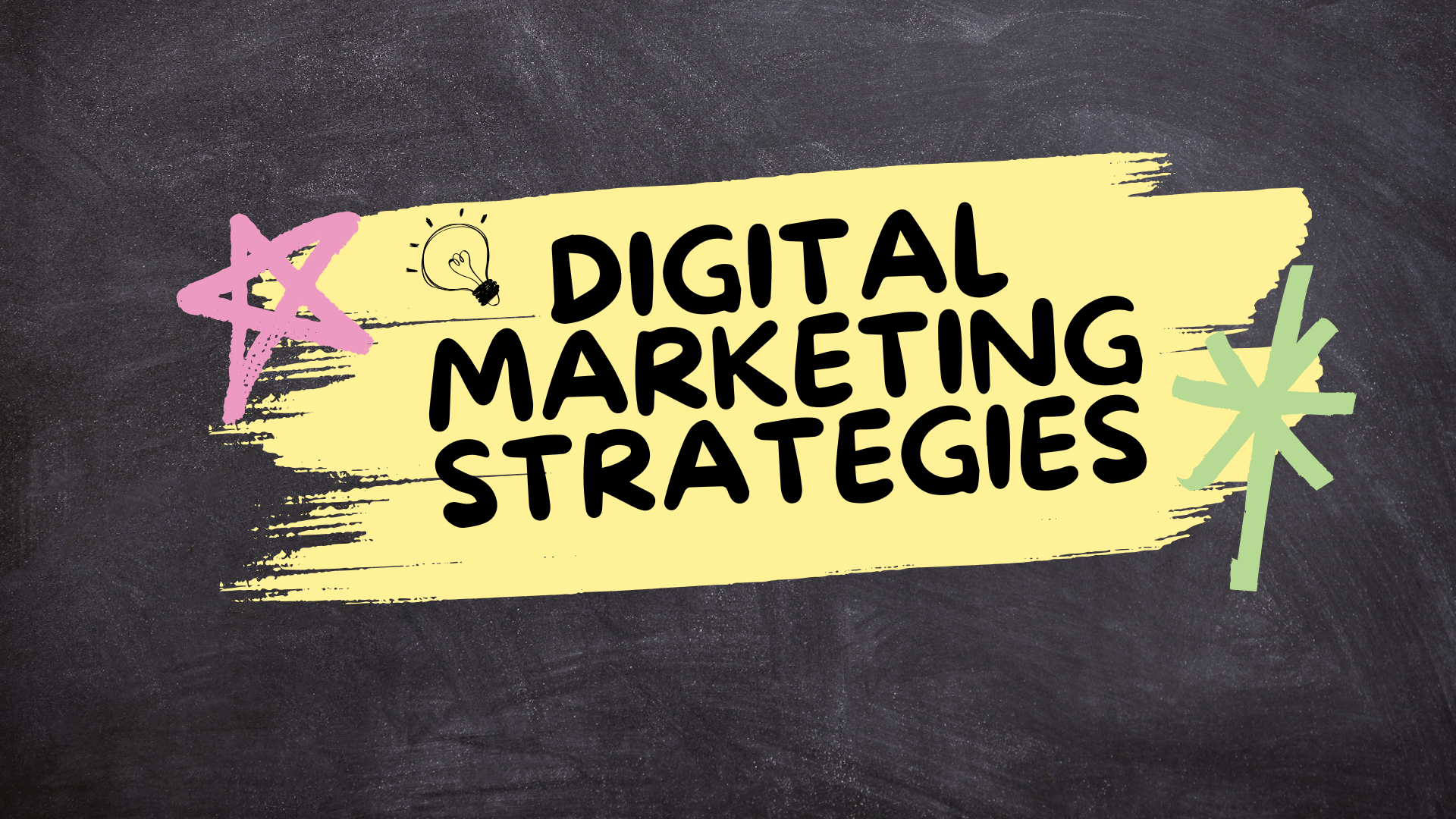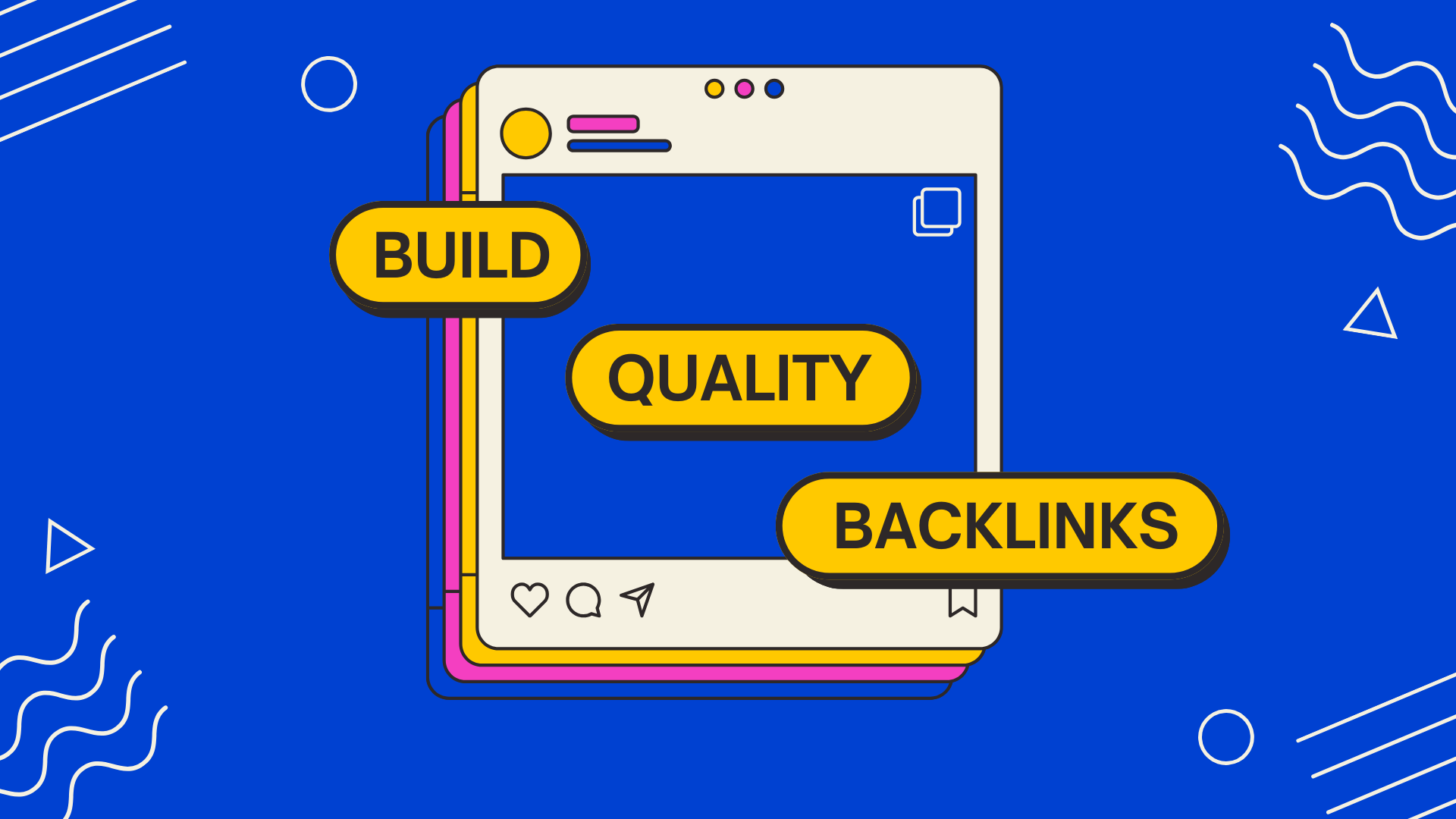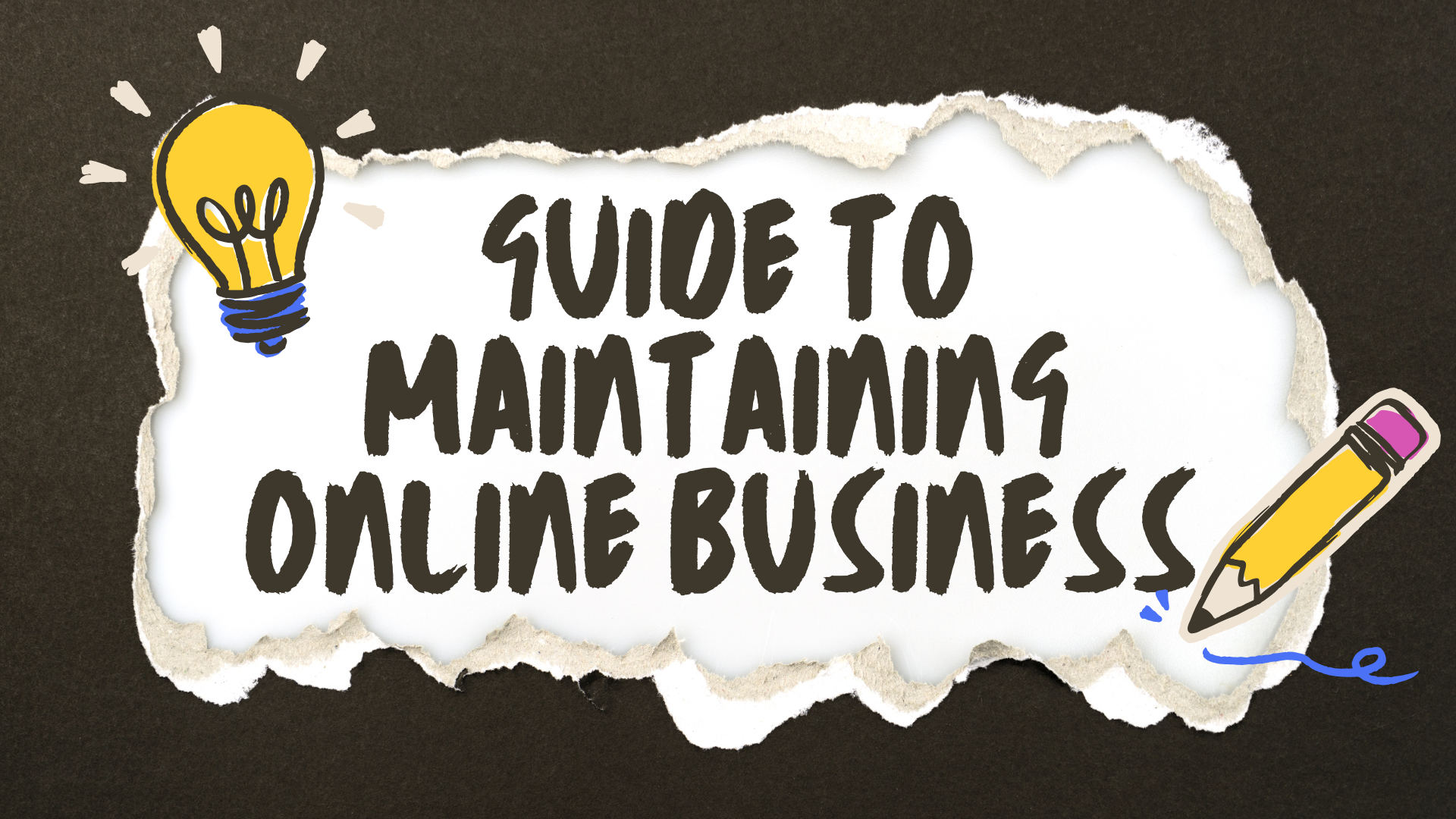How to Run a Business Successfully: An In-Depth Guide

Let’s be real—running a business sounds glamorous until you’re knee-deep in taxes, team drama, and trying to outsmart your competition with zero sleep. The truth? Business is a rollercoaster, and you’ve got to be strapped in and ready for the ride.
This guide isn't just about fluffy motivation. It’s your practical roadmap—from building a solid foundation to scaling sustainably. Whether you’re launching a new venture or trying to breathe life into an existing one, this in-depth article will give you clarity, confidence, and a strategy that actually works.
Let’s dive in.
Start with a Strong Foundation
Define Your Why and Vision
Before you get into the nitty-gritty of products, pricing, or profit, ask yourself:
Why does your business exist?
Is it to solve a problem? Serve a passion? Fill a gap?
- Your "why" is your compass—it’ll guide every decision.
- Your vision gives your business direction and purpose.
- Think big. Think long-term. Your vision is what you want your business to become in 3, 5, 10 years.
Conduct Market Research
You can’t build a business in a vacuum. Understanding your market is non-negotiable.
- Study your competitors—what are they doing right (or wrong)?
- Pinpoint your target audience—their pain points, behaviors, and preferences.
- Tools like Google Trends, SEMrush, and surveys are your best friends here.
Create a Solid Business Plan
No, it doesn’t have to be 50 pages long. But it does need to be clear, realistic, and flexible.
- Include your business model, goals, and pricing strategy.
- Do a SWOT analysis—strengths, weaknesses, opportunities, threats.
- Map out your financial forecasts (revenue, expenses, profit margins).
- Update your plan every 6–12 months as your business evolves.
Master the Operational Side of Business
Streamline Your Processes
Time is money—and messy operations cost both.
- Create SOPs (Standard Operating Procedures) to maintain consistency.
- Automate tasks with tools like Zapier, HubSpot, or QuickBooks.
- Do regular check-ins to find what’s slowing you down.
Focus on Financial Health
You don’t need to be a finance whiz, but you can’t ignore your numbers.
- Know your cash flow—what’s coming in and what’s going out.
- Keep personal and business finances separate (yes, seriously).
- Hire a bookkeeper or accountant to avoid legal headaches.
Legal and Compliance Essentials
Don’t wait for a lawsuit or penalty to get this right.
- Choose the right structure: LLC, sole proprietorship, corporation?
- Register your business and apply for licenses and permits.
- Understand your country/state’s tax laws, employment rules, and data regulations.
Build a High-Performance Team
Hire the Right People
The right team can make or break your business.
- Hire for attitude and values, not just skills.
- Use structured interviews and test projects to evaluate candidates.
- Outsource tasks (like design, admin, or marketing) to stay focused on your core mission.
Foster a Positive Company Culture
Culture isn't just ping-pong tables and Slack emojis.
- Be transparent and lead by example.
- Encourage feedback and build trust within the team.
- Celebrate wins (even the small ones!) and make people feel valued.
Invest in Training and Development
Want loyal, engaged employees? Help them grow.
- Provide regular training, workshops, or online courses.
- Encourage cross-functional collaboration—it fuels innovation.
- Career development = better retention = less time rehiring.
- One of the most effective ways to improve employee retention is by investing in your team’s continuous learning and growth opportunities. When people feel supported, they stay.
Focus on Sales and Marketing That Converts
Build a Strong Online Presence
Your website is your digital storefront. Treat it like gold.
- Make it fast, mobile-friendly, and brand-consistent.
- Invest in SEO—optimize for keywords, meta tags, content, and backlinks.
- Use social media not just to post, but to connect and engage.
Know Your Ideal Customer
One-size-fits-all doesn’t work in 2025.
- Create detailed buyer personas: age, goals, challenges, behaviors.
- Segment your audience and personalize your message.
- Constantly listen and refine your approach based on data.
Implement a Sales Funnel
Think of your funnel like dating—you don’t propose on the first date.
- Stage 1: Awareness (blogs, ads, SEO).
- Stage 2: Interest (freebies, webinars, newsletters).
- Stage 3: Decision (sales calls, demos, discounts).
- Stage 4: Action (checkout, onboarding, follow-up).
Test, track, tweak. Repeat.
Prioritize Customer Experience
Deliver Consistent Value
Don’t just meet expectations—exceed them.
- Deliver on your promises, every time.
- Offer after-sales support, tutorials, or check-ins.
- Use testimonials, reviews, and referrals to build trust.
Listen to Your Customers
Feedback is a goldmine.
- Set up feedback loops: surveys, polls, DMs, or email check-ins.
- Use the feedback to improve—not just your product, but your entire experience.
- Make customers feel heard and appreciated, always.
Stay Adaptable and Growth-Oriented
Monitor KPIs and Metrics
If you can’t measure it, you can’t improve it.
- Key metrics to watch: CAC, LTV, conversion rates, churn, and net profit.
- Use tools like Google Analytics, Klaviyo, or Databox.
- Create dashboards for quick insights and smarter decisions.
Embrace Innovation and Change
What worked last year might flop tomorrow.
- Stay updated with trends and tools in your industry.
- Encourage experimentation and learning within your team.
- Embrace change as a growth opportunity—not a threat.
Conclusion
There’s no one-size-fits-all formula for business success. But one thing’s for sure: it takes clarity, consistency, and courage.
Whether you’re just getting started or refining your tenth product, focus on building smart systems, nurturing your team, and staying laser-focused on your customers.
Remember—you don’t have to do everything, just the right things.
And when in doubt, come back to this guide. Your roadmap to building a business that doesn’t just survive—but thrives.
FAQs
1. What’s the most important factor in running a successful business?
Consistency. From how you show up to how you deliver value—people trust what they can rely on.
2. How do I know if my business idea will work?
Start with research—survey your target audience, test demand, and validate the concept with a small launch or MVP.
3. When should I hire my first employee?
When your workload consistently exceeds your capacity and you have predictable cash flow to support another salary.
4. Do I really need a business plan?
Yes. It’s not just for investors—it’s for you. It helps guide decisions, stay focused, and plan for the future.
5. How can I make my business stand out in a crowded market?
Find your unique edge—your brand voice, customer experience, or niche—and double down on it.
Note: IndiBlogHub features both user-submitted and editorial content. We do not verify third-party contributions. Read our Disclaimer and Privacy Policyfor details.







